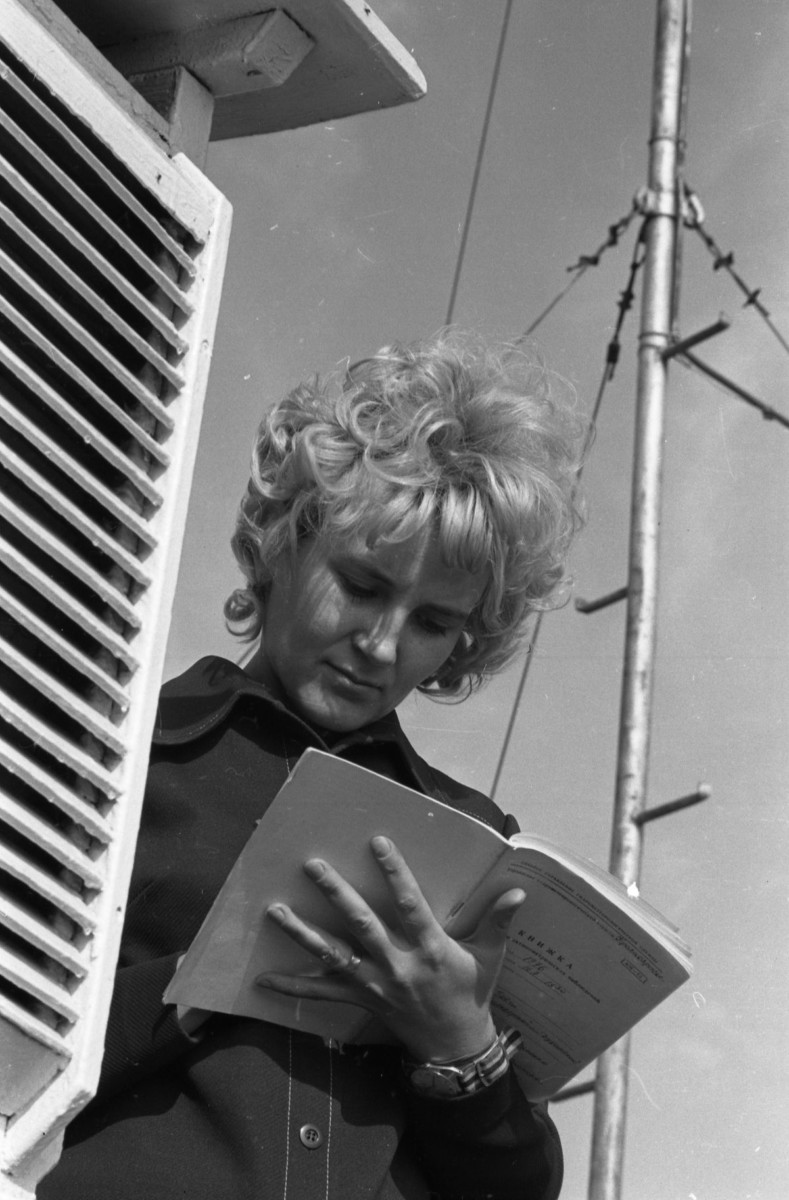#ARCTIC. #SIBERIA. THIS IS TAIMYR. The discoverer of Norilsk, Nikolay Urvantsev, recalled that as follows:
“The Siberian Geological Committee decided to continue exploration work in Norilsk in winter conditions. Conduct regular meteorological observations throughout the wintering period in order to establish the weather conditions influence on winter work in Norilsk.
Simultaneously with the construction work start, they began organizing weather observations under the Main Geophysical Observatory’s program for class II meteorological stations. These observations are very important for the construction of Norilsk. Although there is a meteorological station in Dudinka, which has been operating intermittently since 1907, their weather conditions are different.
The station was set up in an open area, near a house under construction, about 100 meters from it and the astrostation. One day in December, the blizzard reached such strength that we couldn’t leave the house. It was impossible to determine the wind speed with the Wild’s weather vane mounted on the house roof. I crawled out of the house, climbed onto the roof and, lying behind the ridge, put my hand with the anemometer up over the ridge. The device showed a wind speed of 40 meters per second, and some gusts reached 46 meters per second”.
The Norilsk weather regular monitoring began in 1934. At that time, Norilsk was entrusted to the Northern Sea Route’s main department, and it created its own meteorological station here.
When construction began, the combine opened two meteorological points: in the area of the Dolgoye lake industrial site. Then another one – at lake Boganidskoye, where there was a transshipment base for the horse-drawn road from Dudinka.
In 1939, a whole meteorological bureau was created at the combine’s design department. Until the 1960s, the Norilsk combine and the city kept track of their own weather.
In October 1961, local meteorological observations were already included in the All-Union system of the hydrometeorological service, the Norilsk-main meteorological station was launched. This was due to the accepted requirement to provide forecasts to the population of cities in which temperatures fall below 25 degrees below zero.
In 1989, the Norilsk observatory became the Taimyr Center for Hydrometeorology and Environmental Monitoring. Since 2002, it has been part of the Central Siberian Department of the Hydrometeorological Service.
In the History Spot’s previous publication, we told that in the early 1930s the country government decided the fate of Norilsk.
Follow us on Telegram, VKontakte.
Text: Svetlana Ferapontova, photo: Nornickel Polar Branch archives











